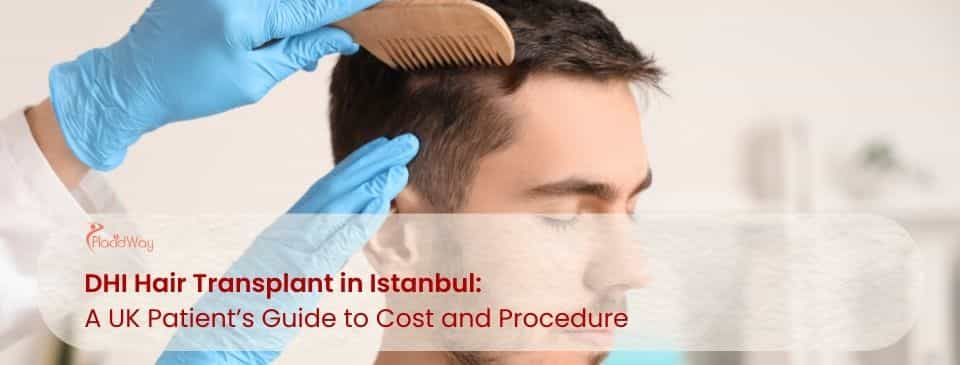
Direct Hair Implantation (DHI) is an advanced hair transplant technique favored for its precision and natural results, making Istanbul a prime destination for UK patients seeking this cutting-edge solution.
Key Takeaways
-
DHI hair transplant costs in Turkey range from £2,730 to £6,240, offering significant savings compared to the UK, where prices can be £10,290 to £12,690.
-
Many clinics in Istanbul provide all-inclusive packages covering the DHI procedure, accommodation in 4 or 5-star hotels, VIP airport and clinic transfers, and comprehensive post-operative care.
-
DHI offers superior control over hair follicle implantation, leading to a denser and more natural-looking outcome, often with quicker recovery and less scalp trauma than traditional methods.
Why UK Patients Choose Istanbul for DHI Hair Transplants
Istanbul has emerged as a global leader in DHI hair transplants, attracting a growing number of UK patients due to its combination of advanced techniques, highly skilled surgeons, and cost-effectiveness.
The appeal of Istanbul for DHI hair transplant procedures is multifaceted:
-
Unrivaled Affordability: The primary draw for many UK patients is the substantial cost difference. The lower operational costs and favorable exchange rates in Turkey allow clinics to provide premium DHI procedures at prices significantly more competitive than those in the UK. This often translates to savings of 50-75% for comparable quality.
-
Specialized Expertise: Istanbul is home to a high concentration of clinics and expert surgeons who specialize in DHI. Their extensive experience, gained from performing a high volume of procedures, ensures meticulous graft handling and precise implantation, which are crucial for natural results with DHI.
-
All-Inclusive Medical Tourism Experience: Leading clinics in Istanbul cater specifically to international patients by offering comprehensive packages. These packages typically cover all aspects of the journey, including the DHI procedure, pre- and post-operative consultations, medications, luxury accommodation, and seamless airport and clinic transfers, reducing travel complexities.
-
Cutting-Edge Technology: Turkish clinics are at the forefront of hair restoration technology, frequently utilizing the latest Choi Implanter Pens and other advanced tools that define the DHI method. This commitment to innovation contributes to high success rates and patient satisfaction.
Understanding the DHI Hair Transplant Procedure
The DHI (Direct Hair Implantation) technique is a refined hair transplant method that allows for direct implantation of hair follicles without pre-made incisions, leading to enhanced precision and faster healing.
The DHI procedure is a sophisticated, single-session process that can take 6-8 hours, depending on the number of grafts. Here's a detailed breakdown:
-
Initial Consultation and Design: The process begins with a thorough in-person consultation. The surgeon will meticulously assess your hair loss pattern, determine the ideal donor area, and design a natural and aesthetically pleasing hairline. This critical step ensures the transplanted hair blends seamlessly with your existing hair.
-
Local Anesthesia: To ensure a pain-free experience, local anesthesia is administered to both the donor area (typically the back of the head) and the recipient area (the balding or thinning region). Patients remain awake and comfortable throughout the procedure. Some clinics may also offer mild sedation for additional relaxation.
-
Follicle Extraction: Using a specialized micro-punch tool, individual hair follicles (grafts) are carefully extracted one by one from the donor area. This step is similar to FUE, as it leaves behind minimal, dot-like scars that are virtually undetectable.
-
Direct Implantation (The DHI Difference): This is where DHI distinguishes itself. Instead of creating channels in the recipient area first and then implanting the grafts, the DHI method uses a Choi Implanter Pen. This pen allows the surgeon to create the recipient site and implant the hair follicle simultaneously. The Choi pen provides unparalleled control over the depth, angle, and direction of each implanted follicle, which is crucial for achieving high density and a truly natural-looking result.
-
Post-Procedure Care: After the implantation, the scalp is gently cleaned, and detailed aftercare instructions are provided. You will receive an aftercare kit including special shampoos, lotions, and medications to support healing and optimal graft survival.
Did You Know? DHI allows for a higher density of implantation compared to traditional FUE, with up to 20% denser hair possible, as the follicles are placed closer together due to the precision of the Choi Implanter Pen.
DHI Hair Transplant Cost: Istanbul vs. UK
The cost of a DHI hair transplant is a major consideration, and Istanbul provides a significant financial advantage for UK patients seeking this advanced procedure.
The total price can vary based on factors like the number of grafts needed, the clinic's reputation, the surgeon's expertise, and the comprehensiveness of the package. Below is a comparison of average costs:
|
Location |
Average DHI Cost (for 2,000-4,000 grafts) |
Typical Inclusions |
|---|---|---|
|
Istanbul, Turkey |
£2,730 - £6,240 |
DHI procedure, 4/5-star hotel accommodation, VIP airport/clinic transfers, pre-op blood tests, post-op medications, aftercare kit, translation services. |
|
United Kingdom |
£10,290 - £12,690 |
DHI procedure, limited post-op check-ups. Additional costs for travel, accommodation, and sometimes medications. |
Expert Insight: "DHI requires immense precision and takes more time than standard FUE due to the individual placement of each graft. However, the investment in Turkey often translates to a superior outcome for a fraction of the cost, making it an incredibly attractive option for international patients."
Recovery and Aftercare: A Detailed Timeline for DHI
Proper DHI aftercare is paramount for successful results and minimizing complications. The recovery process is generally quicker and less traumatic than other methods due to the minimally invasive nature of DHI.
-
Day 0-3 (Immediate Post-Procedure):
-
You will have a light bandage on the donor area.
-
Swelling of the forehead and around the eyes is common but usually subsides within a few days. Keeping your head elevated, especially while sleeping (using a neck pillow), is crucial to reduce this.
-
Tiny crusts and scabs will form around the implanted grafts. Do NOT touch or pick them.
-
You will receive instructions on how to gently apply a special spray to keep the transplanted area moist.
-
-
Day 4-7 (First Wash and Gentle Care):
-
Your clinic will perform or guide you through the first gentle hair wash. This is a delicate process to remove scabs without dislodging grafts.
-
You will continue gentle washes at home, strictly following the clinic's instructions.
-
Redness and minor tenderness in the recipient and donor areas are normal.
-
-
Week 2-4 (Shedding Phase Begins):
-
The "shock loss" phase begins, where most of the transplanted hairs will shed. This is a natural and expected part of the growth cycle as the follicles enter a resting phase before new, permanent hair emerges. It’s crucial not to be alarmed by this.
-
Most scabs will have fallen off naturally.
-
You can resume light daily activities and wear a loose-fitting hat to protect from sun exposure.
-
-
Month 2-3 (Early Growth):
-
The first signs of new hair growth will appear. These hairs may initially be fine and thin, but they will gradually thicken.
-
Any remaining redness or numbness should diminish significantly.
-
-
Month 4-6 (Noticeable Progress):
-
The transplanted hair begins to grow more rapidly and visibly. You will notice increased density and coverage.
-
The hair texture will improve, becoming stronger and thicker.
-
You can usually start light exercise, but avoid anything that causes excessive sweating.
-
-
Month 7-12 (Significant Results):
-
The hair density continues to increase, and the final shape of your new hairline becomes clear.
-
Around 60-70% of the final result is typically achieved by this stage.
-
-
12-18 Months (Final Outcome):
-
The transplanted hair reaches its full maturity, density, and natural appearance. The results are permanent and blend seamlessly with your existing hair.
-
Risks, Side Effects, and How to Mitigate Them in DHI
While DHI is renowned for its safety and minimally invasive nature, like any surgical procedure, it carries potential risks and side effects, most of which are mild and temporary.
-
Swelling and Bruising: Temporary swelling of the forehead and around the eyes is the most common side effect. It usually resolves within 3-4 days and can be managed with cold compresses and by keeping your head elevated.
-
Redness and Itching: The treated areas may appear red and feel itchy as they heal. This is a normal part of the process and can be alleviated with prescribed lotions or anti-itch medication. Avoid scratching to prevent damage to the grafts.
-
Numbness: A temporary loss of sensation in the donor and recipient areas can occur due to the localized anesthesia and minor nerve trauma during the procedure. Sensation typically returns within a few weeks to months.
-
Infection: Although rare, infection is a potential risk if post-operative hygiene is not strictly followed. Clinics provide antibiotics and antiseptic solutions to prevent this.
-
Folliculitis: Inflammation of the hair follicles can occur, presenting as small, red, pus-filled bumps. This is usually treatable with warm compresses or topical antibiotics.
-
Poor Graft Survival: While DHI aims for high graft survival rates (often over 95%), factors like improper handling, inadequate aftercare, or underlying health conditions can affect survival. Choosing a highly experienced surgeon and adhering to all instructions minimizes this risk.
-
Shock Loss: This temporary shedding of both transplanted and existing hair is a common side effect of the trauma to the scalp. It is almost always temporary, with hair regrowth expected within a few months.
-
Scarring: DHI leaves minimal, tiny dot-like scars in the donor area, which are typically unnoticeable, especially if you wear your hair slightly longer. Unlike FUT, there is no linear scar.
Preparing for Your DHI Hair Transplant in Istanbul
Proper preparation before your DHI hair transplant in Istanbul is crucial for a smooth procedure and optimal results. Clinics will provide detailed instructions, but here are general guidelines.
-
Initial Online Consultation: Many reputable clinics offer online consultations before you travel. This allows the surgeon to assess your hair loss, discuss your goals, and confirm your candidacy for DHI.
-
Medical History Disclosure: Be completely honest about your medical history, including any chronic conditions, allergies, and all medications or supplements you are taking. This helps the medical team ensure your safety.
-
Medication Adjustments:
-
Blood Thinners: Avoid aspirin, ibuprofen, and other blood-thinning medications for at least 7-10 days before the surgery, as they can increase bleeding.
-
Vitamins/Supplements: Discontinue vitamins (especially B and E), herbal supplements (like ginseng, ginkgo biloba, garlic extract), and certain hair loss medications (like Minoxidil) for at least 1-2 weeks prior, as they can also affect bleeding or interact with anesthesia. Always follow your surgeon's specific advice.
-
-
Smoking and Alcohol: Refrain from smoking and consuming alcohol for at least 1-2 weeks before the procedure. Smoking can impair blood circulation and wound healing, while alcohol can thin the blood and interact with medications.
-
Hair Care: Wash your hair thoroughly the day before or on the morning of your surgery. Avoid using any styling products like gels, sprays, or oils.
-
Comfortable Clothing: On the day of the procedure, wear loose-fitting, button-up shirts or blouses that don't need to be pulled over your head. This prevents accidental contact with the newly transplanted grafts after the surgery.
-
Rest and Hydration: Ensure you are well-rested and well-hydrated before the procedure.
-
Arrange Travel: Confirm all your travel and accommodation details well in advance, especially if opting for an all-inclusive package.
Frequently Asked Questions (FAQs)
What makes DHI different from traditional FUE?
The key difference lies in the implantation method. In DHI, extracted hair follicles are directly implanted into the recipient site using a specialized Choi Implanter Pen without creating pre-made incisions, offering greater control over angle, depth, and direction, which can lead to higher density and a more natural result.
Will I need to shave my head for DHI?
While full shaving is common for both FUE and DHI for optimal visibility and easier graft handling, DHI can sometimes be performed with minimal shaving of the donor area, especially for smaller procedures or if the patient has longer hair to conceal the shaved parts. Discuss your preference with your surgeon.
How long do DHI results last?
The results of a DHI hair transplant are permanent. The transplanted hair follicles are typically taken from the back of the head, which are genetically resistant to balding, meaning they will continue to grow naturally for a lifetime.
Is DHI more painful than FUE?
Both DHI and FUE are performed under local anesthesia, so you should not feel any pain during the procedure itself. DHI is often considered to have a slightly more comfortable recovery due to less trauma to the scalp from not making separate incisions.
What is the success rate of DHI hair transplants in Istanbul?
Reputable clinics in Istanbul boast high success rates for DHI, often exceeding 95-98% for graft survival, largely due to the surgeons' expertise, advanced techniques, and careful adherence to protocols.
Can DHI be used for beard or eyebrow transplants?
Yes, the precision offered by the DHI technique makes it highly suitable for beard transplants and eyebrow transplants, as it allows for meticulous control over the angle and direction of hair growth, crucial for natural-looking results in these sensitive areas.
How soon after DHI can I travel by plane back to the UK?
Most clinics recommend staying in Istanbul for at least 2-3 days post-procedure to allow for initial healing and the first critical post-op wash. After this, traveling by plane is generally considered safe, but always consult your surgeon for specific advice.
Ready to Transform Your Look with DHI?
Unlock the secret to a fuller, more confident you with an advanced DHI hair transplant in Istanbul. PlacidWay is your trusted partner, connecting you with top-tier clinics and world-renowned surgeons who specialize in DHI.
We simplify your medical journey, providing personalized guidance from initial consultation to comprehensive post-operative support. Get a free, no-obligation quote today and discover how affordable and accessible a premium DHI hair transplant can be.

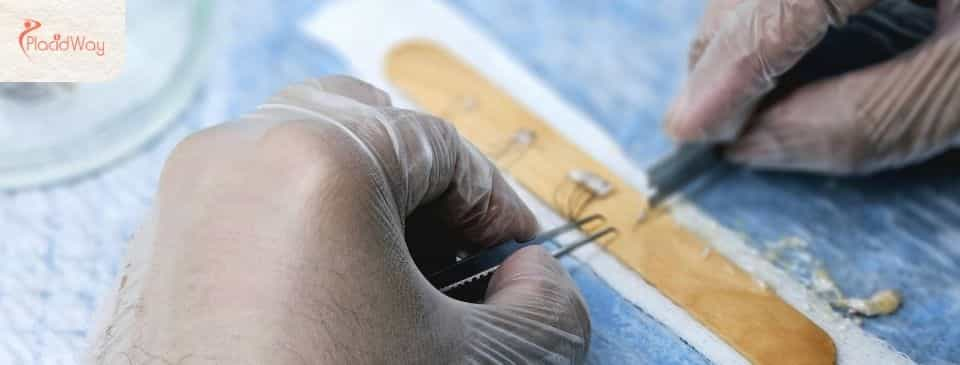
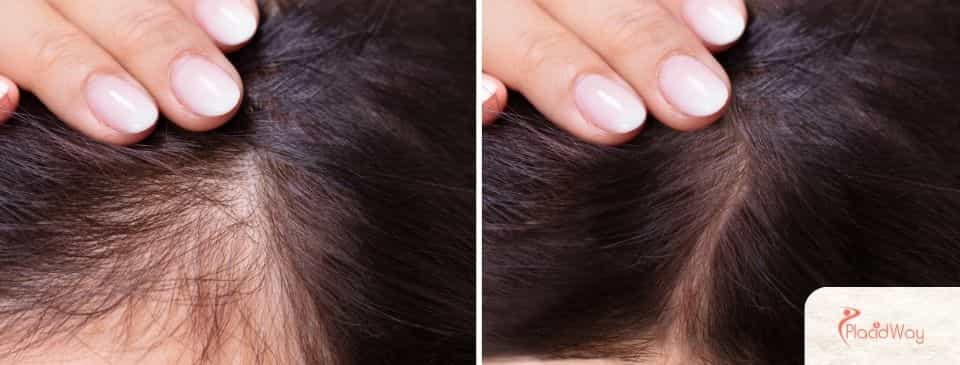

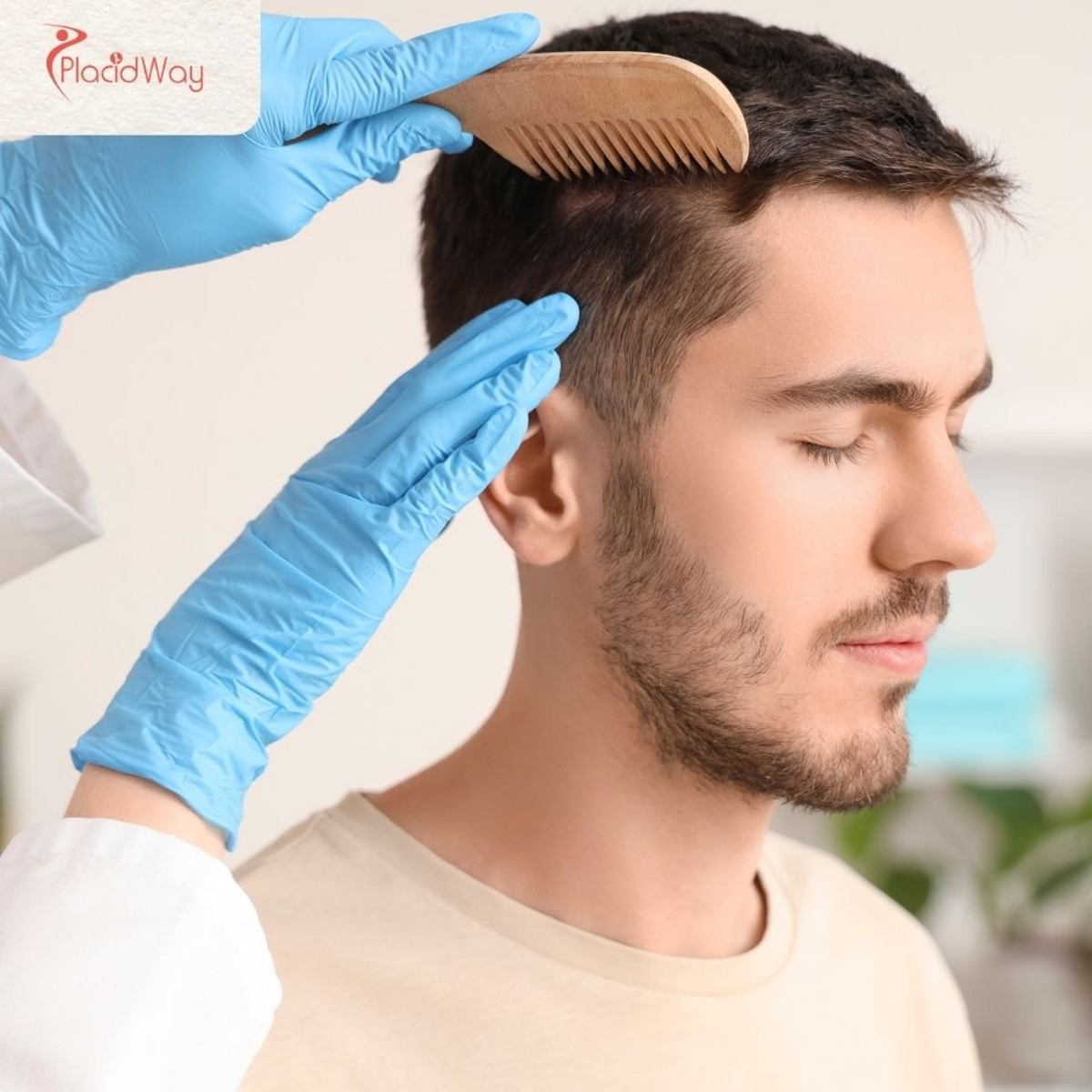




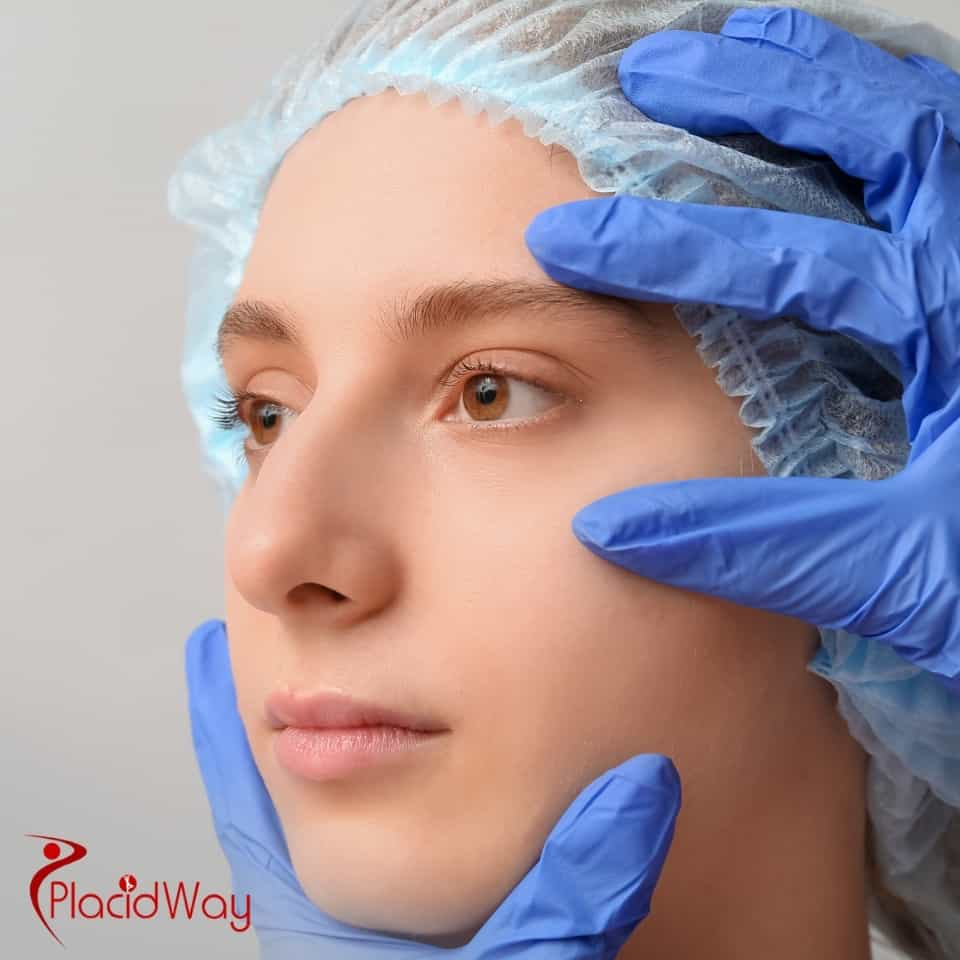
.png)

.png)

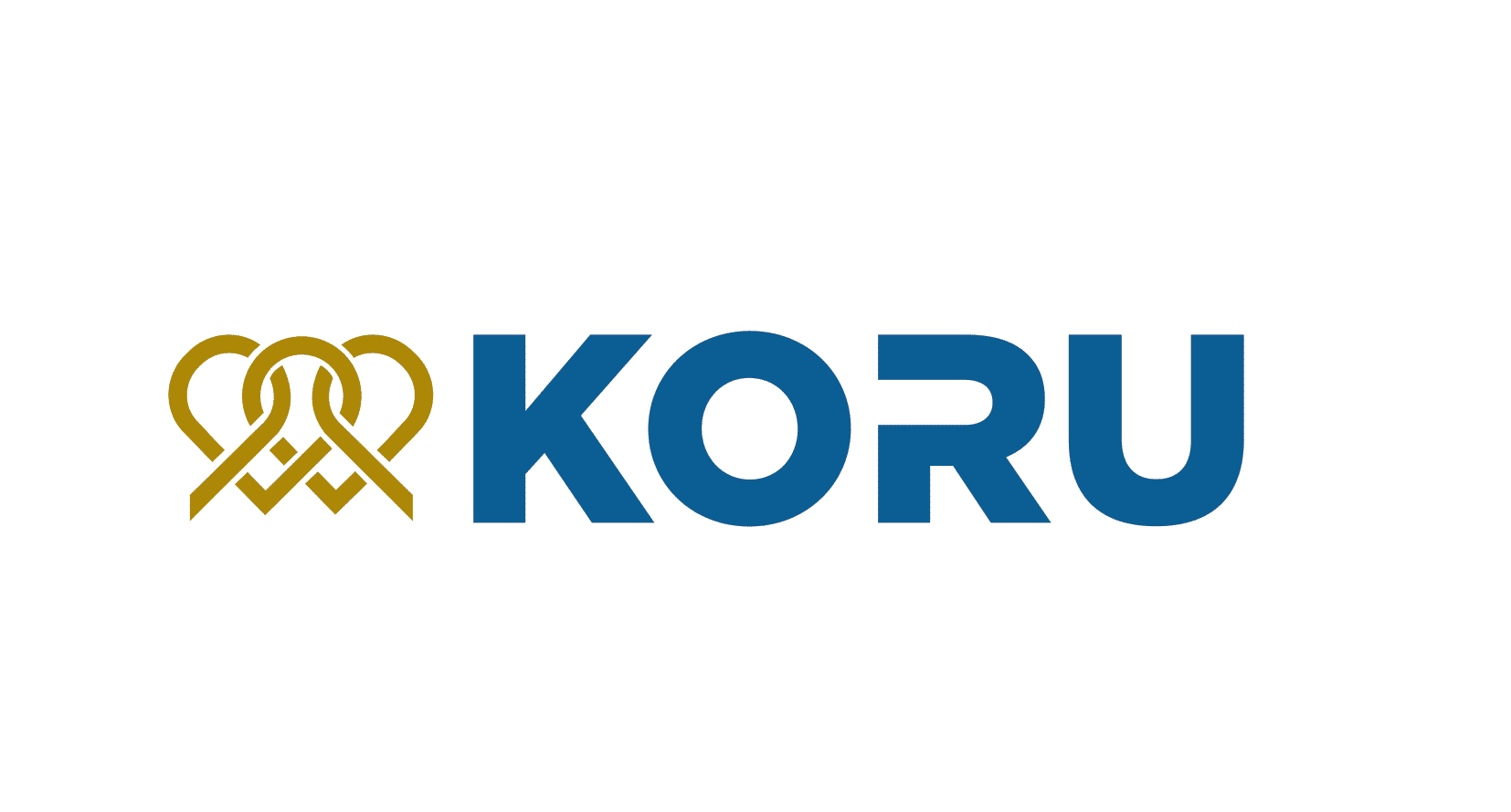




Share this listing